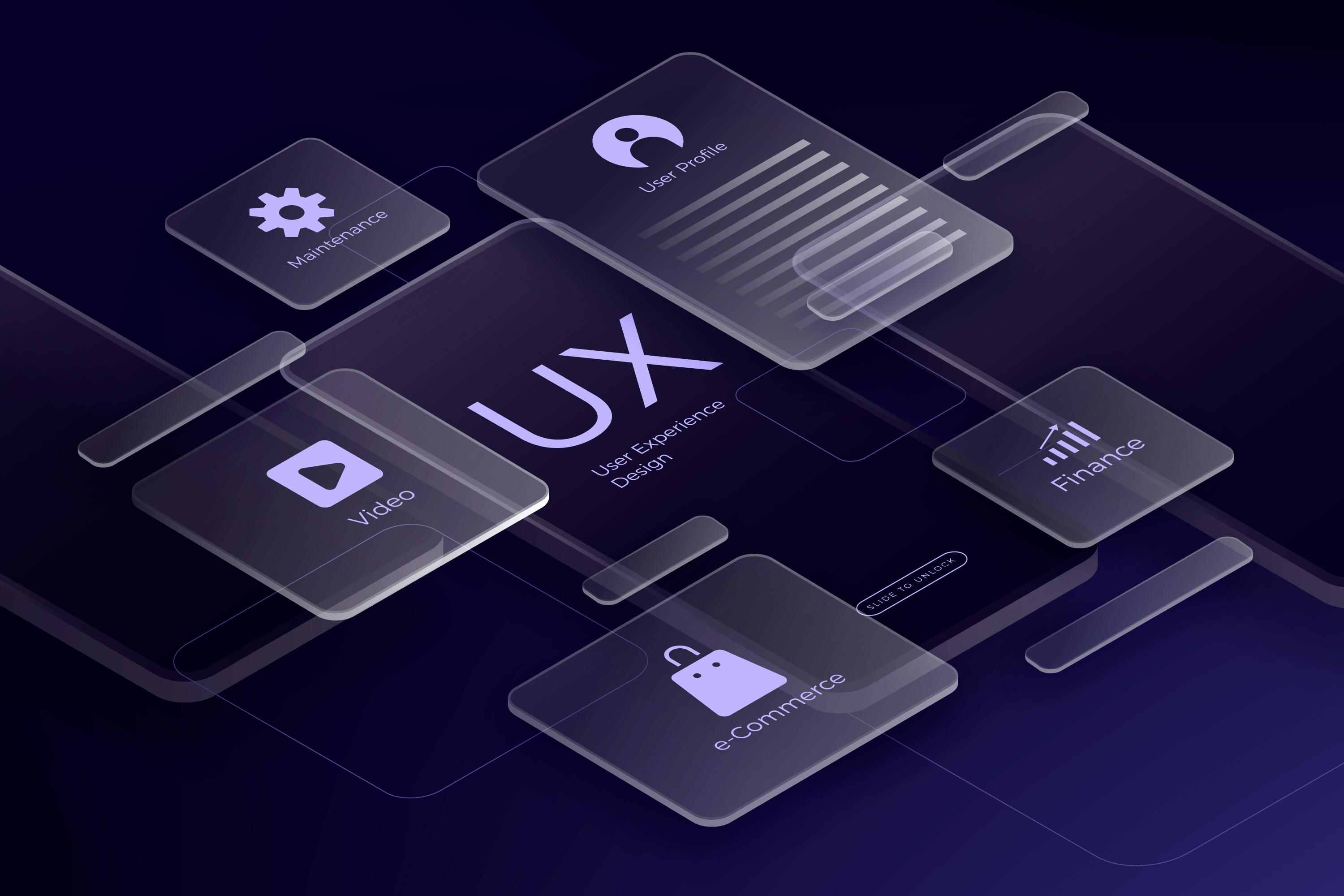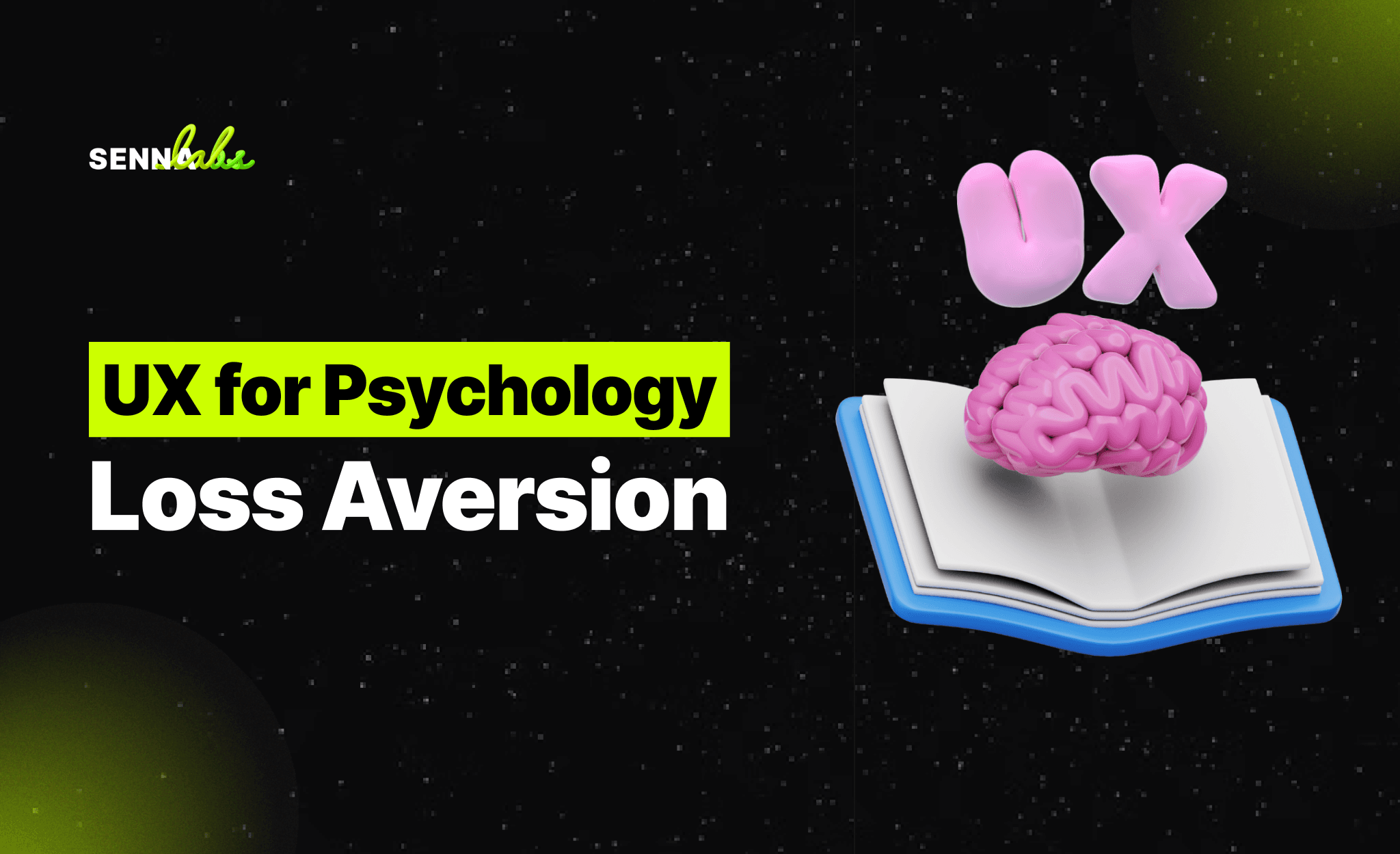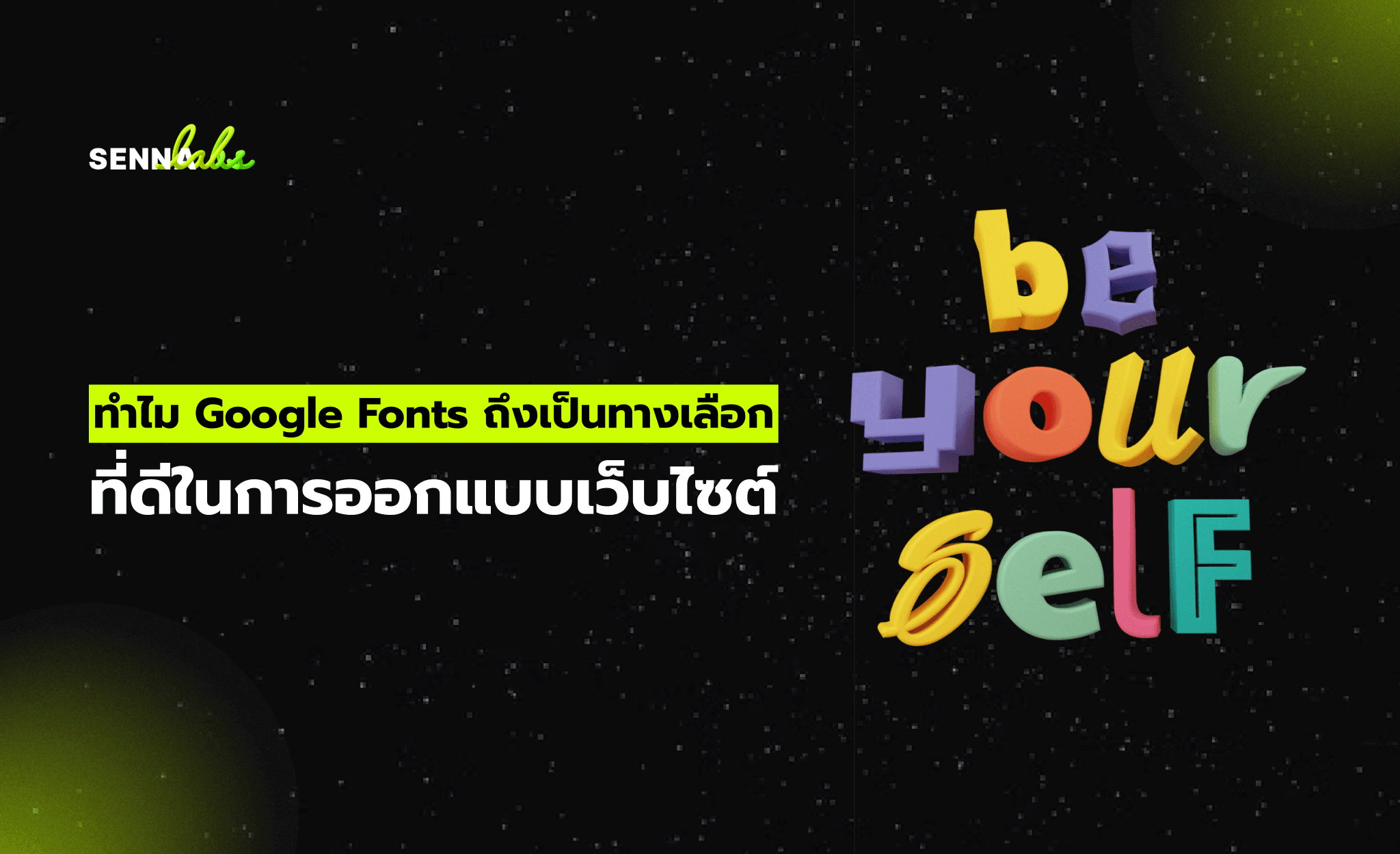7 UX/UI Mistakes That Make Your Website Look Unprofessional

First impressions matter—and in the digital world, your website is often the first (and sometimes only) interaction a user has with your brand. No matter how innovative your product or service might be, if your website looks disorganized or inconsistent, users will judge your brand as unreliable or inexperienced.
A sleek, professional design builds trust. But when UX/UI elements are neglected, even the most capable businesses can appear amateurish. In this article, we’ll explore seven common UX/UI mistakes that damage your website’s credibility and how to avoid them with a cohesive design system.

The Real-World Consequence of Inconsistency
Consider the case of a fast-growing tech startup. Their product was solid, their team was talented, and they were gaining traction. However, their website told a different story. Fonts changed from page to page, button styles varied wildly, and colors felt randomly assigned rather than purposeful.
Despite their capabilities, the inconsistent visual language made the brand feel chaotic. Potential investors and users questioned their professionalism—not because of their product, but because of their presentation.
That startup’s issue wasn’t lack of effort. It was a lack of unified design standards.
Why Consistency in Design Matters
Visual consistency is a cornerstone of good UX/UI design. It helps users understand how your site works, builds recognition, and fosters a sense of reliability.
When users see the same styles repeated across pages—same fonts, same button behavior, same layout patterns—they gain confidence in the interface and, by extension, your brand.
Inconsistency, on the other hand, triggers doubt. If your website looks patched together or carelessly made, visitors may assume your product or service is, too.
7 UX/UI Mistakes That Damage Professional Credibility
1. Inconsistent Font Usage
Using different fonts—or varying font weights, sizes, and colors without logic—makes a site feel disorganized. It’s visually jarring and disrupts the reading flow.
Fix: Choose one or two font families and define clear rules for headings, body text, and accents in your style guide.
2. Mismatched Button Styles
One page has rounded buttons, another uses sharp edges. Some buttons are filled, others are outlined—with no consistent usage pattern.
Fix: Establish button hierarchy in your design system. Define primary, secondary, and disabled states, and stick to those patterns across the site.
3. Color Inconsistency
Using random colors for text, buttons, links, or backgrounds without a unified palette dilutes brand identity and creates a chaotic feel.
Fix: Create a brand color palette with primary, secondary, accent, and background colors. Use them consistently across all UI components.
4. Cluttered Layouts
When every page looks structurally different—with menus, sidebars, and content shifting locations—users get lost and confused.
Fix: Design a page layout template that includes consistent placement of headers, footers, menus, and content blocks.
5. Inconsistent Iconography
Mixing styles (e.g., outlined vs. filled icons) or using unclear icons confuses users and breaks visual cohesion.
Fix: Use a single icon set throughout your website and ensure all icons follow the same design language (e.g., line thickness, size).
6. Unpredictable Interactions
If some buttons animate on hover and others don’t—or navigation behavior changes from one page to the next—it creates uncertainty.
Fix: Standardize interaction patterns. Define how elements should respond to clicks, hovers, and taps, and apply those rules universally.
7. Neglecting Responsive Consistency
Your site might look fine on desktop but fall apart on mobile. Elements shift erratically, text overlaps, and styles break.
Fix: Test your design system across breakpoints and devices. Ensure responsiveness is baked into every component from the beginning.
The Solution: Build a Cohesive Design System
A design system is a comprehensive guide that outlines how every UI element should look and behave. It includes specifications for:
-
Fonts and typography hierarchy
-
Button styles and states
-
Color schemes and usage rules
-
Grid systems and spacing
-
Icon sets and imagery guidelines
-
Responsive design standards
Creating and maintaining a design system ensures your entire team—designers, developers, and marketers—are aligned. It also makes it faster to scale your website or add new features without reinventing the wheel.
Final Thoughts
Great UX/UI design isn’t about being flashy—it’s about being intentional. Inconsistencies, even small ones, accumulate and erode trust. A site that looks mismatched, even if it functions correctly, sends the wrong message to users.
If your website suffers from any of the issues outlined above, it’s time to pause and ask: are we presenting ourselves the way we want to be perceived?
Investing in a design system may seem like a big step, but the result is a website—and a brand—that speaks with one voice. Professional, polished, and trustworthy.


Subscribe to follow product news, latest in technology, solutions, and updates
Other articles for you



Let’s build digital products that are simply awesome !
We will get back to you within 24 hours!Go to contact us Please tell us your ideas.
Please tell us your ideas.







